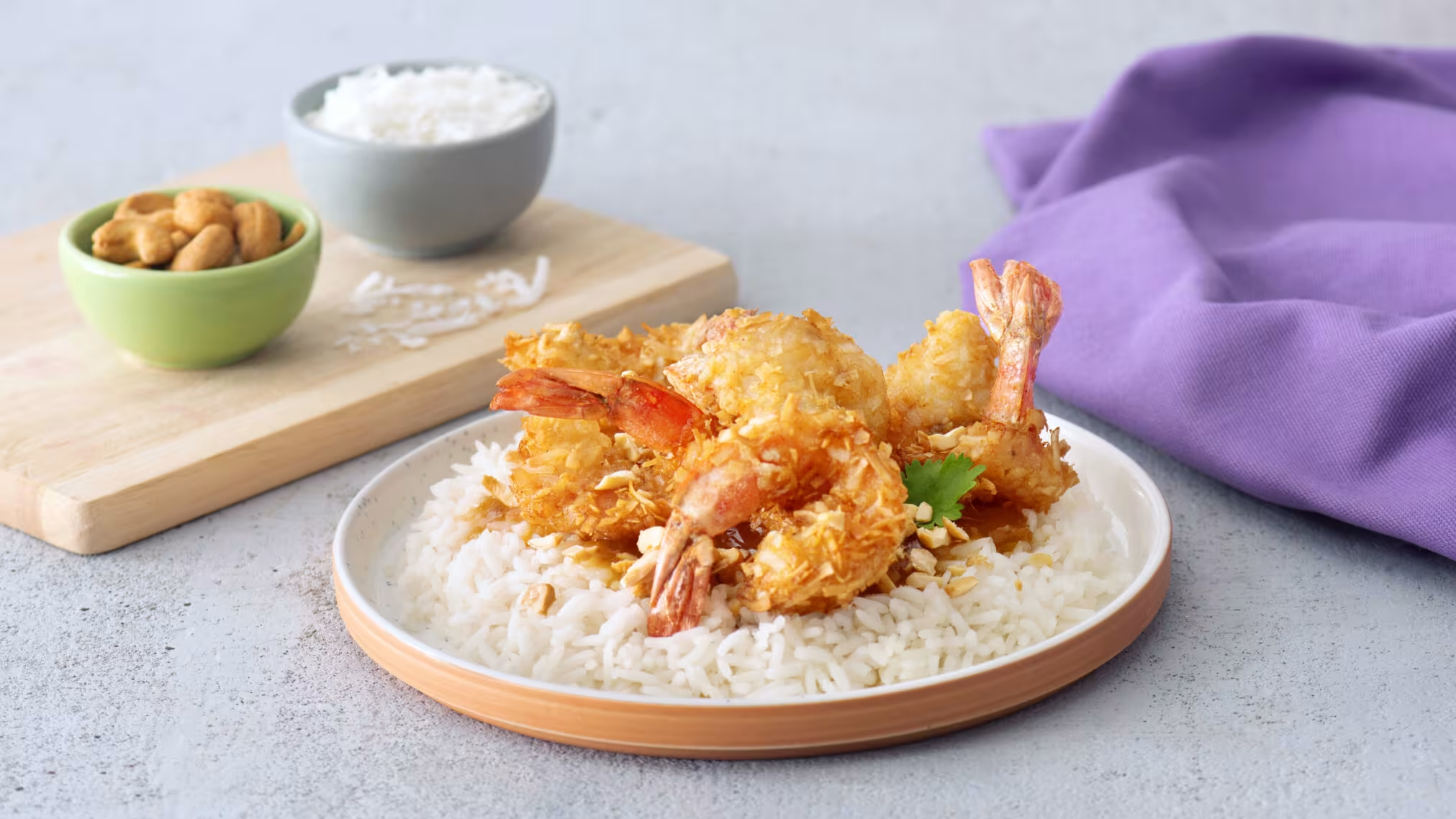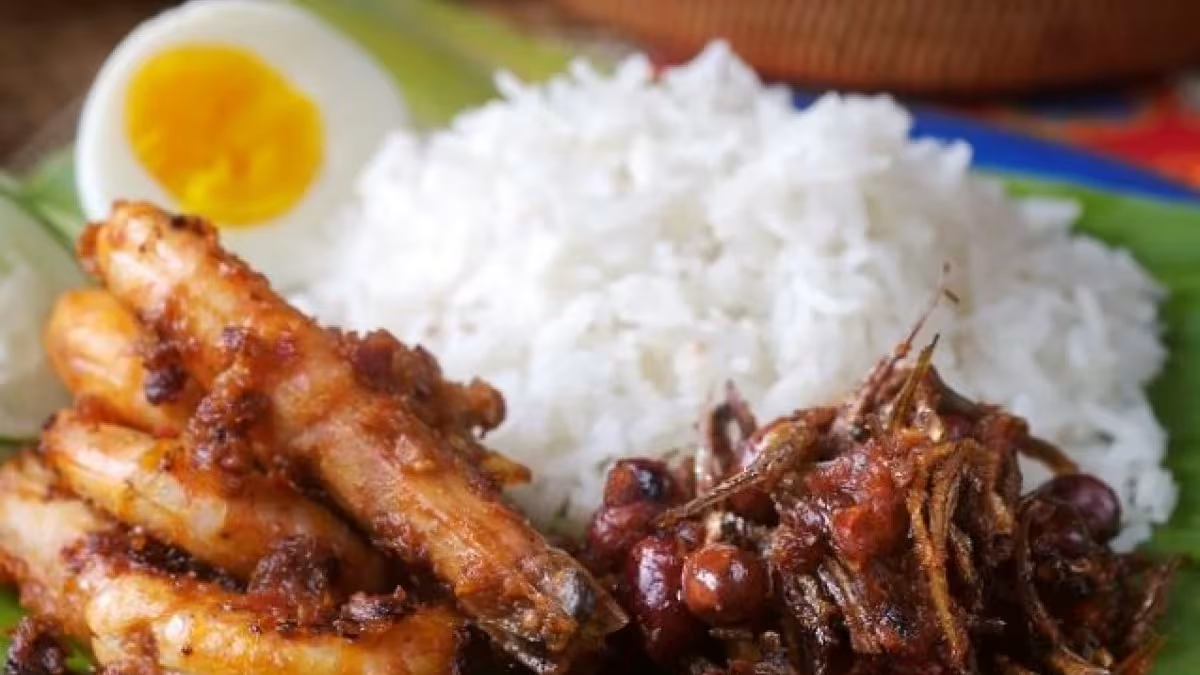
Delicious Recipes for Malaysian Food: Explore the Flavors of Malaysia Today!
Written by Jessica Lopez
Published at 29-02-2024
Edited on 04/03/2025 | 08:22 AM
Asian RecipesCourse: Main Course
Cuisine: Malaysian
Difficulty: Moderate
Servings
4-6 people
Prep Time
30 minutes
Cooking Time
1 hour
Total Time
1 hour 30 minutes
Fat
20g
Protein
25g
Carbs
60g
Calories
550 kcal
Welcome to the vibrant world of Malaysian cuisine! If you’re looking for a culinary adventure that tantalizes your taste buds, you’ve come to the right place. Malaysian food is a delightful mix of flavors influenced by its multicultural heritage, featuring Malay, Chinese, Indian, and indigenous elements. From spicy sambals to fragrant curries, every dish tells a story of the rich culture and history of this beautiful Southeast Asian country. In this blog, we’ll guide you through easy-to-follow recipes for Malaysian food that you can whip up in your own kitchen.
Whether you’re a seasoned chef or a beginner, these recipes are designed to be approachable and enjoyable. Imagine the aromatic scent of lemongrass, the heat of chilies, and the sweetness of coconut milk wafting through your home as you prepare these mouthwatering dishes. Not only are Malaysian recipes delicious, but they also offer a fun way to explore new ingredients and cooking techniques. You might find yourself experimenting with pandan leaves, discovering the unique textures of rice noodles, or learning how to master the art of making your own curry paste.
So, grab your apron and let’s embark on this flavor-packed journey together! Whether you’re preparing a festive feast or just a weeknight dinner, these recipes for Malaysian food will surely impress your family and friends. Don’t forget to share your culinary creations on social media and tag us—we can’t wait to see what you cook up!.


